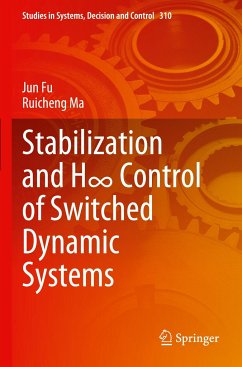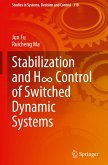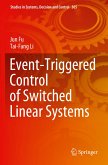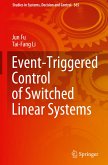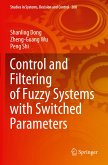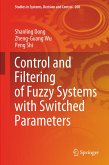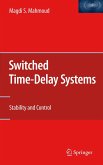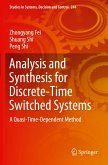This book presents several novel constructive methodologies for global stabilization and H-infinity control in switched dynamic systems by using the systems' structure information. The main features of these new approaches are twofold: i) Novel Lyapunov functions are constructed and new switching strategies are designed to guarantee global finite-time stabilization of the closed-loop switched dynamic systems,while ii) without posing any internal stability requirements on subsystems, the standard H-infinity control problem of the switched dynamic systems is solved by means of dwell-time switching techniques. Systematically presenting constructive methods for analyzing and synthesizing switched systems, the content is of great significance to theoretical research and practical applications involving switched systems alike.
The book provides a unified framework for stability analysis, stabilization and H-infinity control of switched systems, making it a valuable resource for researchers and graduate students who want to learn about the state of the art in the analysis and synthesis of switched systems, as well as recent advances in switched linear systems. In addition, it offers a wealth of cutting-edge constructive methods and algorithm designs for researchers who work with switched dynamic systems and graduate students of control theory and control engineering.
The book provides a unified framework for stability analysis, stabilization and H-infinity control of switched systems, making it a valuable resource for researchers and graduate students who want to learn about the state of the art in the analysis and synthesis of switched systems, as well as recent advances in switched linear systems. In addition, it offers a wealth of cutting-edge constructive methods and algorithm designs for researchers who work with switched dynamic systems and graduate students of control theory and control engineering.
"Each chapter has its own list of references. The book contains mathematical results and simulations based, in general, on examples having academic character. ... It is nevertheless interesting and stimulating for mathematical and theoretical engineering research." (Vladimir Rasvan, zbMATH 1461.93003, 2021)

